Class 7 Social Science Chapter 1 Question Answers - Environment
Q1: Define environment.
Ans: The environment comprises everything we see around us; it is our essential life support system. The environment provides the air we breathe, the water we drink, the food we eat, and the land where we live.
Q2: What is Lithosphere?
Ans: The Lithosphere is the solid outer layer of the Earth, often referred to as the crust. It comprises a variety of rocks and minerals, topped by a thin layer of soil. The surface of the Lithosphere is irregular, featuring diverse landforms such as mountains, plateaus, plains, and valleys. These landforms are present not only on continents but also on ocean floors.
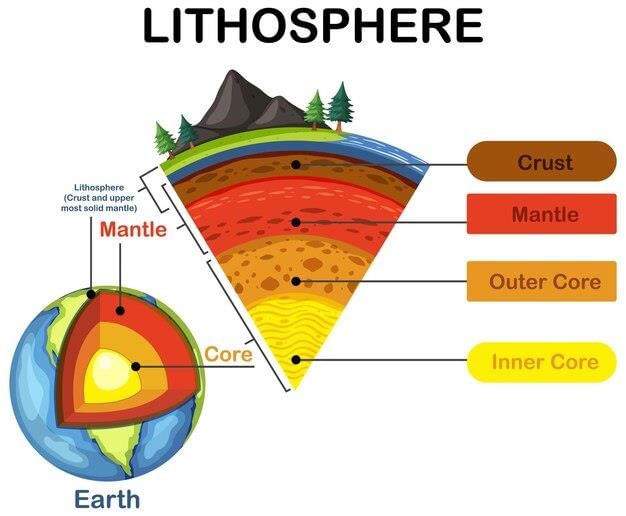
Q3: What is Atmosphere?
Ans: The atmosphere is the thin layer of air that surrounds the Earth. It is held in place by the gravitational force of the Earth. The atmosphere protects us from the harmful rays and excessive heat of the sun. It consists of various gases, dust, and water vapor. Changes within the atmosphere lead to variations in weather and climate.
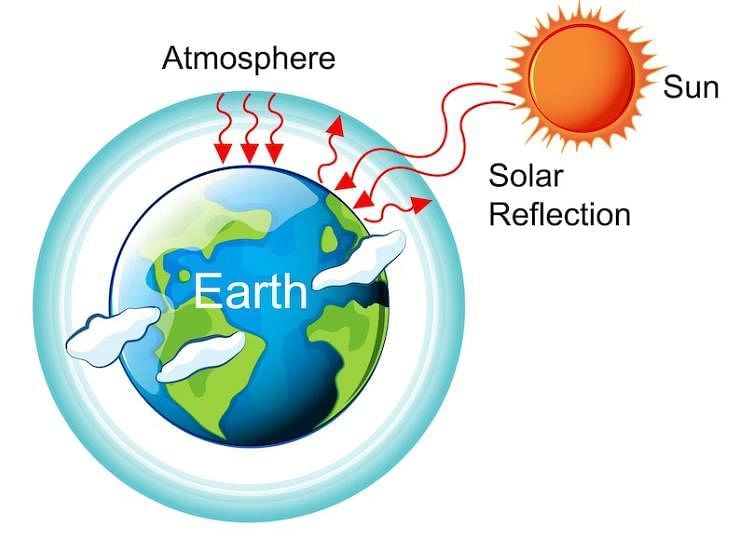 Atmosphere
Atmosphere
Q4: What is Biosphere?
Ans: The biosphere is the global ecosystem where all living organisms interact. It is a narrow zone on Earth where land, water, and air meet, supporting biodiversity and ecosystems. The biosphere plays a vital role in maintaining Earth's natural balance and the survival of all living beings.
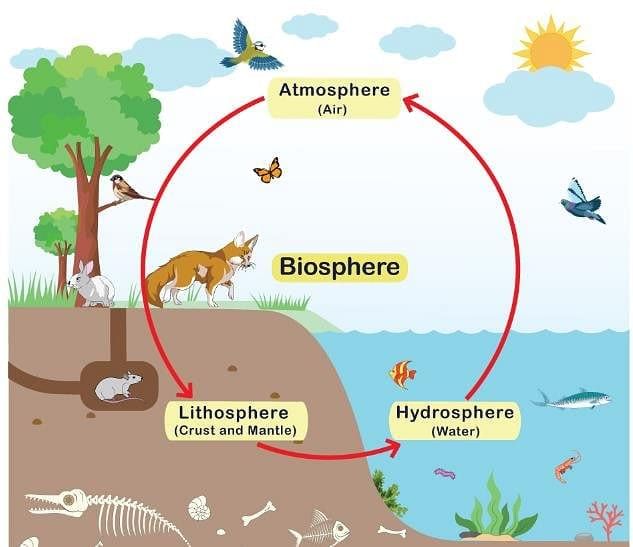 Biosphere
Biosphere
Q5: What is the significance of maintaining a harmonious relationship with the environment?
Ans: Maintaining a harmonious relationship with the environment is crucial for several reasons:
- It ensures that natural resources are used wisely and can regenerate for future generations.
- A balanced ecosystem supports biodiversity, which is essential for the health of the planet.
- Our health and quality of life depend on a healthy environment, providing clean air, water, and food.
Q6: What is the difference between biotic and abiotic components of the natural environment?
Ans: Biotic components refer to the living organisms in the environment, including plants and animals. In contrast, abiotic components denote the non-living elements, such as land and air.
Q7: How does the barter system relate to the human environment?
Ans: The barter system involves the direct exchange of goods without money. It relates to the human environment by showing how humans used available resources to meet their needs. In ancient times, it fostered trade, led to the creation of markets and trade routes, and demonstrated how humans interacted with and transformed their environment for sustenance.
Q8. What is Hydrosphere?
Ans: The hydrosphere is the domain of water. It comprises various sources of water. The different water bodies like rivers, ponds, seas, oceans, etc are its major components. The hydrosphere is essential for the support of life on this planet. 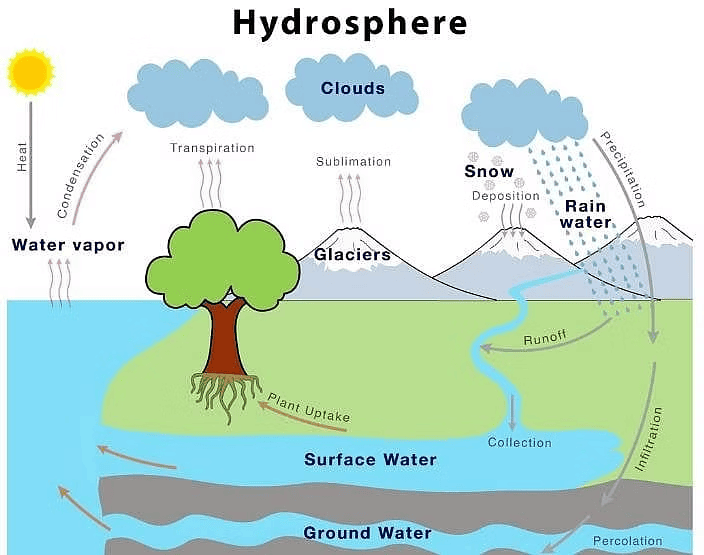
Q 9. Why is it important to study Natural Environment?
Ans: Studying the Natural Environment is important for several reasons:
- It helps us understand Earth's diverse forces and mechanisms.
- It shows how human activities affect the environment.
- It aids in studying the origin and distribution of Earth's surface features.
- It helps establish connections by considering the entire environment.
- It is essential for understanding the atmosphere and oceans due to their interdependence.
Q 10. What is an ecosystem?
Ans: An ecosystem is a system formed by the interaction of all living organisms with each other and with the physical and chemical factors of their environment. These interactions are all linked by the transfer of energy and materials.
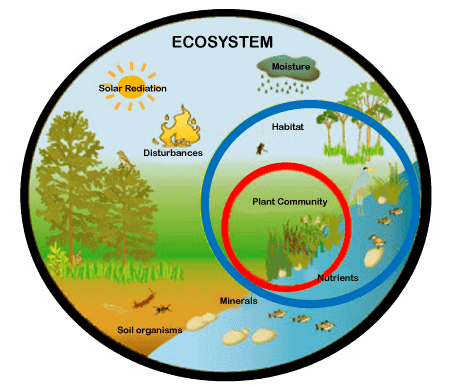 Depiction of Ecosystem
Depiction of Ecosystem
|
63 videos|371 docs|46 tests
|
FAQs on Class 7 Social Science Chapter 1 Question Answers - Environment
| 1. What are some ways to reduce plastic waste in the environment? |  |
| 2. How does deforestation impact the environment? |  |
| 3. What are the effects of pollution on the environment? |  |
| 4. How can individuals contribute to protecting the environment? |  |
| 5. Why is it important to preserve natural habitats and biodiversity? |  |

















